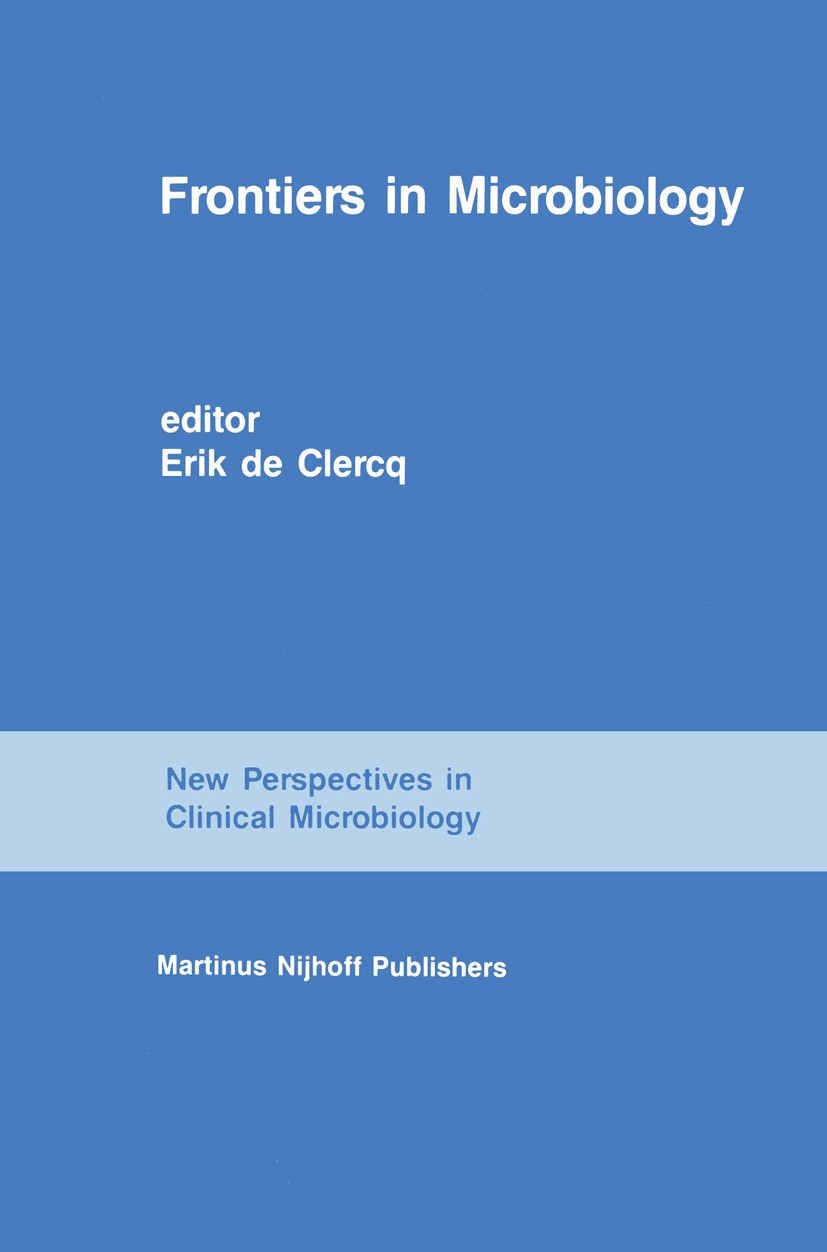非酒精性脂肪肝发病机制的多组学分析
IF 4
2区 生物学
Q2 MICROBIOLOGY
引用次数: 0
摘要
背景非酒精性脂肪肝(NAFLD)是一种肝脏代谢综合征。方法从9只非酒精性脂肪肝模型小鼠和8只正常对照小鼠身上获取肝组织、血液和粪便样本。提取粪便微生物群总 DNA 并扩增 16S rRNA,分析非酒精性脂肪肝引起的肠道微生物群(GM)的变化。随后,筛选出非酒精性脂肪肝的诊断菌株,并对其功能方面进行了研究。还筛选了差异代谢物和差异表达基因,并进行了富集分析。研究了差异微生物群和代谢物之间的相关性,以及 DEGs 和差异代谢物之间的相关性。结果发现,与非酒精性脂肪肝相关的特征菌株包括:属于固缩菌纲的Ileibacterium和Ruminococcaceae;属于类杆菌科的Olsenella、Duncaniella和Paramuribaculum;以及属于放线菌科的Bifidobacterium、Coriobacteriaceae_UCG_002和Olsenella。此外,差异表达的代谢物主要富集在色氨酸、亚油酸和甲基组氨酸代谢途径中。研究发现,2510 个差异表达基因的功能与疾病的发生有关。结论通过这项研究,我们对非酒精性脂肪肝的改变进行了全面分析,探索了肠道微生物群、基因和代谢物,结果为非酒精性脂肪肝的生物学机制提供了推测。本文章由计算机程序翻译,如有差异,请以英文原文为准。
Multi-omics analysis of the biological mechanism of the pathogenesis of non-alcoholic fatty liver disease
BackgroundNon-alcoholic fatty liver disease (NAFLD) is a type of liver metabolic syndrome. Employing multi-omics analyses encompassing the microbiome, metabolome and transcriptome is crucial for comprehensively elucidating the biological processes underlying NAFLD.MethodsHepatic tissue, blood and fecal samples were obtained from 9 NAFLD model mice and 8 normal control mice. Total fecal microbiota DNA was extracted, and 16S rRNA was amplified, to analyze alterations in the gut microbiota (GM) induced by NAFLD. Subsequently, diagnostic strains for NAFLD were screened, and their functional aspects were examined. Differential metabolites and differentially expressed genes were also screened, followed by enrichment analysis. Correlations between the differential microbiota and metabolites, as well as between the DEGs and differential metabolites were studied. A collinear network involving key genes-, microbiota-and metabolites was constructed.ResultsIleibacterium and Ruminococcaceae , both belonging to Firmicutes; Olsenella , Duncaniella and Paramuribaculum from Bacteroidota; and Bifidobacterium , Coriobacteriaceae_UCG_002 and Olsenella from Actinobacteriota were identified as characteristic strains associated with NAFLD. Additionally, differentially expressed metabolites were predominantly enriched in tryptophan, linoleic acid and methylhistidine metabolism pathways. The functions of 2,510 differentially expressed genes were found to be associated with disease occurrence. Furthermore, a network comprising 8 key strains, 14 key genes and 83 key metabolites was constructed.ConclusionThrough this study, we conducted a comprehensive analysis of NAFLD alterations, exploring the gut microbiota, genes and metabolites of the results offer insights into the speculated biological mechanisms underlying NAFLD.
求助全文
通过发布文献求助,成功后即可免费获取论文全文。
去求助
来源期刊

Frontiers in Microbiology
MICROBIOLOGY-
CiteScore
7.70
自引率
9.60%
发文量
4837
审稿时长
14 weeks
期刊介绍:
Frontiers in Microbiology is a leading journal in its field, publishing rigorously peer-reviewed research across the entire spectrum of microbiology. Field Chief Editor Martin G. Klotz at Washington State University is supported by an outstanding Editorial Board of international researchers. This multidisciplinary open-access journal is at the forefront of disseminating and communicating scientific knowledge and impactful discoveries to researchers, academics, clinicians and the public worldwide.
 求助内容:
求助内容: 应助结果提醒方式:
应助结果提醒方式:


